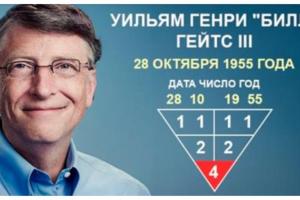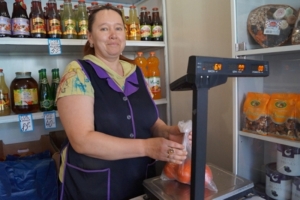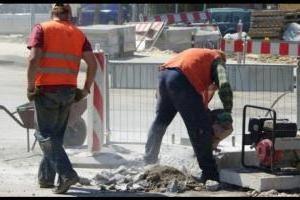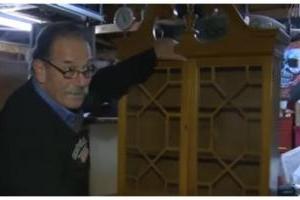Russian politician Boris Yeltsin led the country in difficult times, he had to carry out reforms and make difficult decisions. However, it is impossible to deny its significant role in the formation of a modern country. The first president of Russia lived a difficult life and gave all his health to his homeland.
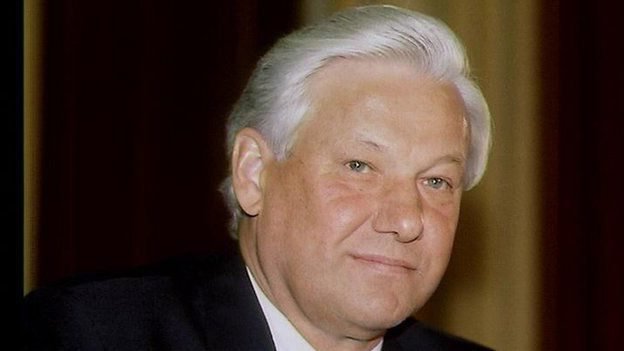
How it all began
Boris Yeltsin was born on February 1, 1931 in the small village of Butka, Ural Region. The boy’s family experienced a lot of difficulties: both grandfathers of Boris at the beginning of the 20th century were strong peasants from the middle peasants, the Soviet government, according to the laws of that time, confiscated their property. Yeltsin’s father Nikolai Ignatievich worked as a builder, but in the early 30s he was repressed by anonymous denunciation and sent to build the Volga-Don Canal. After his release, Nikolai moved his family to Bereznyaki, where he worked on the construction of a potash plant. Claudia Vasilievna’s mother was a dressmaker. Boris Yeltsin spent all his childhood in Berezniki, he grew up an active, cocky and mischievous child. Once, with his comrades, he stole two grenades from a warehouse and lost two fingers when trying to open one of them.
Study
The future first president of Russia went to high school in Bereznyaki. His grades in all subjects were good, but discipline suffered greatly. Yeltsin was stubborn and always sought to defend justice. In this regard, he was even expelled from school in high school, as he unveiled a story about a teacher who harassed children and forced them to work at home. He was able, having asked for support in the city party committee, in another school to pass all final exams and get a good certificate. In his youth, Boris was pugnacious and even participated in the "wars" district to district. In one battle, he received a bridge of nose bridge from a blow from shafts.
At the end of school, Boris enters the university, continuing his father's dynasty: he decided to become a builder. In 1950 he entered the specialty "Industrial and Civil Engineering" of the Faculty of Civil Engineering of the Ural Polytechnic Institute named after S. Kirov. During his studies, Yeltsin was seriously involved in volleyball, coached the institute’s women's team, he played for the national team of the city of Sverdlovsk, received the title of Master of Sports.
In 1955, he successfully defended his thesis “Television Tower” and became a civil engineer.
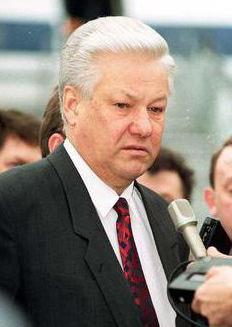
Work by profession
After the distribution institute, Boris Yeltsin came to the Sverdlovsk trust Uraltyazhtrubstroy, where in 8 years he mastered several related professions: mason, concrete worker, carpenter, painter, plasterer, carpenter. He became first a master, then the head of the site and the foreman of the trust. In 1963, Boris Nikolaevich took the post of chief engineer of the Sverdlovsk House-Building Plant, and after 3 years became its director. Yeltsin showed himself to be an ambitious and purposeful person, and this opened up his way to a party career.
Party way
Boris Yeltsin joined the CPSU in 1961, as he said, driven by a completely sincere faith in communist ideals and justice. In 1962-65, he actively works in the party, is a delegate to party conferences at various levels.
In 1968, Boris Nikolaevich became a party functionary and transferred to work in the Sverdlovsk regional party committee for the post of head of the construction department. In 1975 he is the secretary of the Sverdlovsk regional party committee, his area of responsibility is the industrial development of the region.In 1976, he became the first secretary of the regional committee of the Sverdlovsk region. This position has been held for 9 years.
During this time, the region has become not only developed and strong from an economic point of view, but also a place where new democratic forces are ripening. No wonder it was Sverdlovsk in the late 80s that turned into the birthplace of a special subculture - rock music.
Yeltsin builds a lot in the region: paves high-quality roads, relocates people from dilapidated housing, creates an effective system for growing agricultural products for residents of the region. He showed himself as a strong business executive, able to listen to the needs of people. Yeltsin actively supported innovative ideas. Projects for the experimental construction of settlements of a new type and MZHK took root well in the region.
Since 1978, Yeltsin is a member of the Supreme Soviet of the USSR, was a member of the Central Committee.
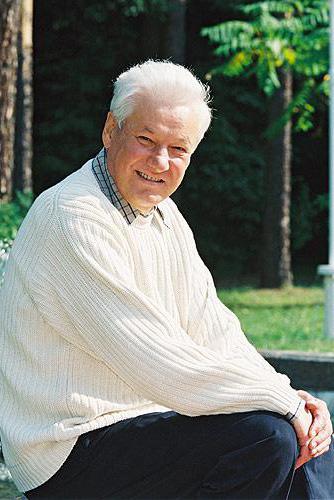
Years of perestroika
In 1985, after M.S. Gorbachev was elected General Secretary of the Central Committee of the CPSU, Yeltsin was waiting for big changes. He is being transferred to Moscow to the position of head of department, and then secretary of the Central Committee for Construction. At the end of 1985, he worked as the first secretary of the Moscow city committee. Under Yeltsin, a new general development plan is being developed in the capital, social welfare of the population is being established, he personally checks the availability of products in stores and the operation of public transport. Yeltsin showed himself to be a leader open to the people, and this provided him with the support of the population.
In the late 80s, Boris Nikolaevich sharply criticized the activities of some party leaders, in particular E. Ligachev, which was negatively assessed by the leadership, and in 1987 he was removed from his post. In 1989, he became a deputy, his candidacy was warmly supported by Moscow voters. In 1990, became chairman of the Supreme Council of the RSFSR. In this position, he did a lot in order to give the RSFSR political weight in the USSR. His work in this position was sharply criticized, although there were supporters of his course.
The future first president of Russia in 1990 takes many steps that will lead to the collapse of the USSR. There are still too many discussions on this issue. In June 1991, the election of the first president of Russia took place. Yeltsin is elected president of the RSFSR. It was a democratic election, and his candidacy gained an undeniable majority.
The first decree of the first president of Russia was dedicated to the development of education in the RSFSR. He began to carry out preparatory work to prepare a new union treaty, but history dramatically changes the speed of change.

1991 coup
On August 19, 1991, a coup attempt was made in the country. Yeltsin becomes the head of the force that opposed the GKChP. The President of the USSR was blocked in Foros. It was Yeltsin’s efforts that helped Gorbachev maintain power over the country. However, immediately after overcoming the coup, he dissolved the Communist Party of the RSFSR, issued a series of decrees that significantly increased the power of the President of Russia. Gorbachev is rapidly losing power over the country. The first president of Russia in 1991 took the main step towards the collapse of the USSR.
The collapse of the Soviet Union
At the end of the year, behind the back of M. Gorbachev, Boris Nikolayevich Yeltsin, together with L. Kuchma and S. Shushkevich, signed the Bialowieza Agreement, which put an end to the history of the USSR and laid the foundation for Cooperation of Independent States. On December 25, 1991, Yeltsin gained full power over Russia after Gorbachev resigned.
The Bialowieza Agreement was difficult to ratify at the congress of people's deputies, which led to a conflict between the president and the deputy corps. In a country that was experiencing a difficult economic crisis, a political crisis begins. Yeltsin proposed Yegor Gaidar as prime minister; deputies did not accept his candidacy. An open confrontation begins between the Congress of People's Deputies and Yeltsin. A referendum is announced on which the question of confidence in him is raised.The first president of Russia received vote of confidence people, although the results were indisputable.
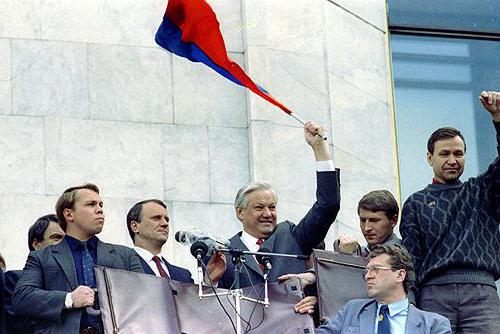
The first president of Russia: democracy won
After the referendum, Boris Nikolayevich intensifies work on the new Constitution, which would consolidate power for him. The political crisis softened, but was not resolved, the confrontation between the deputies and Yeltsin continued. He removes many former associates. In the fall of 1993, the congress decides to remove him from office. Actual power passes into the hands of A. Rutsky. The armed conflict begins, in Moscow, tanks are firing at the White House on the orders of Yeltsin. The confrontation lasted several days, as a result several dozen people died, but Boris Nikolaevich was able to get the better of his rivals.
Yeltsin’s new rule began with hard elections to the State Duma and a referendum on the new Constitution, as a result, the president received significantly more powers and was able to pursue his policy. He resolutely pursues constitutional reform, which strengthens presidential power in Russia. Historians assess this period in the country's history ambiguously, many say that freedom of speech at that time was defeated, Yeltsin concentrated power in his hands and pursued a policy that was not always right.
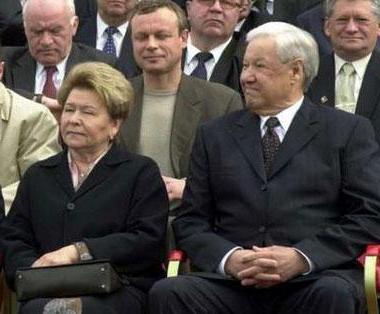
Milestones in the Presidency of Boris Yeltsin
Yeltsin’s rule was marked by many crucial events for the country. It was during his period that the Chechen conflict intensified, which Boris Nikolaevich decided to suppress by sending troops. The first president of Russia could not keep the country from the tragedy in Budyonnovsk and the bloody war, which ended in the Khasavyurt agreement, which was unfavorable for Russia.
In 1996, presidential elections are held in which Yeltsin wins only in the second round and not without difficulty. Its popularity among the people is rapidly falling, Yeltsin’s policy is becoming less and less effective. In 1998, the country is experiencing a new financial crisis, it further undermines the credibility of the president, who publicly stated that there would be no devaluation, and that immediately happened.
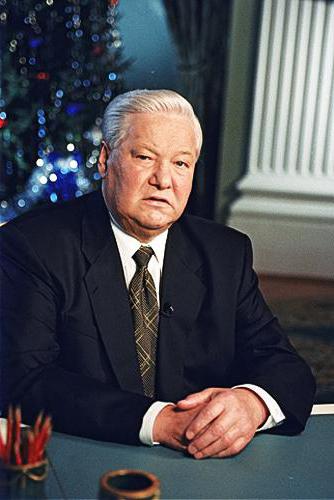
Resignation and life after her
In May 1999, the Duma tried to vote on the removal of Yeltsin from office. He is sick a lot, his decisions are not distinguished by thoughtfulness and consistency. On the last day of the 20th century, Boris Nikolayevich Yeltsin, the first president of Russia, left the country's main post. He makes a statement on television and presents his successor, V. Putin.
For the first time after his resignation, Yeltsin still participates in the life of the government, meets with ministers and Putin. But gradually this activity comes to naught, and Boris Nikolaevich becomes an honorary pensioner.
Immediately after taking power, Putin issues a decree banning any prosecution of the former president. And all criticism of Yeltsin remains without consequences. After his resignation, the first president of Russia is engaged in charity work, attends various ceremonies, but his health increasingly worries him.
Family and privacy
Often, for politicians, a family becomes a reliable rear; this is exactly what Boris Yeltsin boasts of. The years spent in the Kremlin had a very bad effect on his health, but his family survived and even rallied over difficult years.
Boris Yeltsin married Naina Iosifovna Girina (classmate) back in 1956. She has been his support and assistant all her life. The Yeltsins had two daughters: Elena and Tatyana, then six grandchildren and three great-grandchildren appeared. Daughter Tatyana in the 90s helped her father in the election campaign. The family has always been a place for Boris Nikolaevich, where he was loved and waited.





